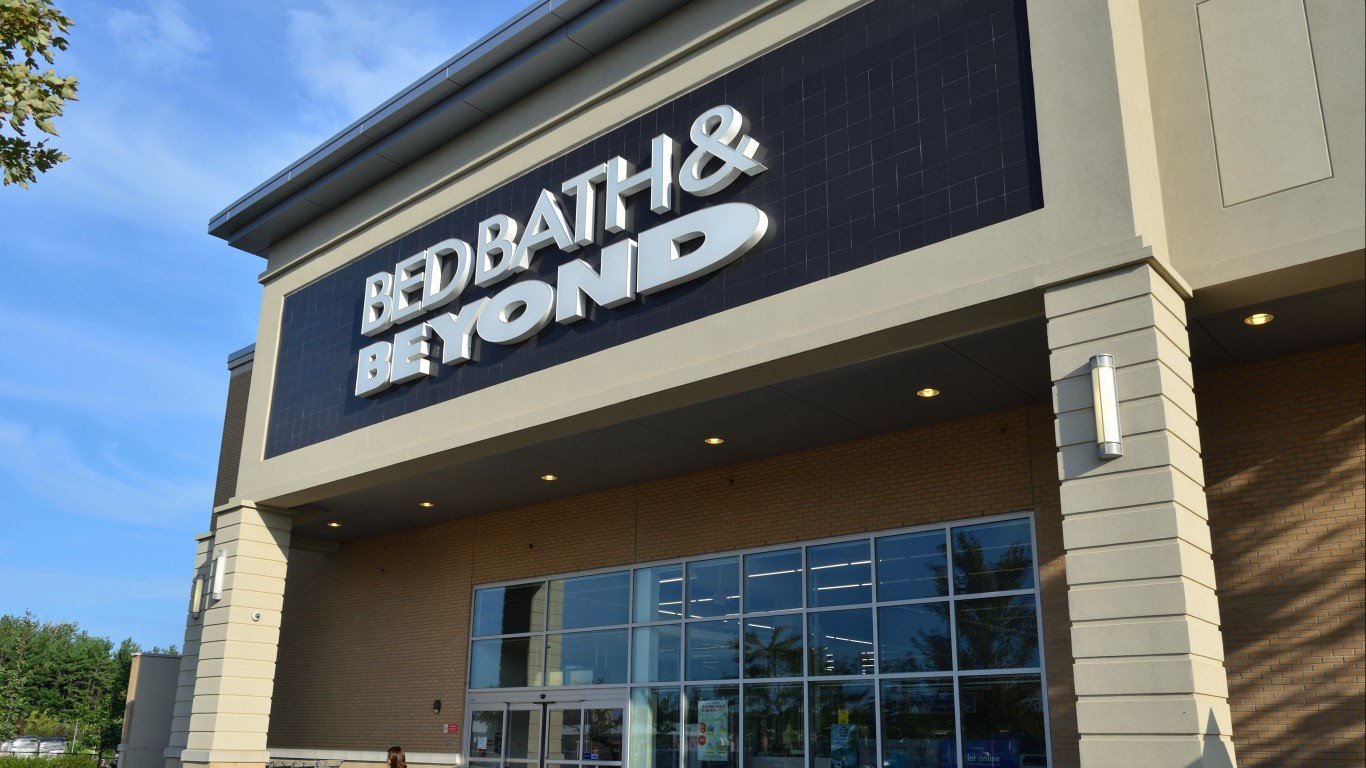

Bed Bath & Beyond sits in the large gulf between highly successful retailers like Target and Costco on one side and such failures as Sears and J.C. Penney on the other. Based on its most recent earnings report, the company has begun to slip toward the side represented by Sears. Its comparable-store sales dropped 12% last quarter. Net sales declined 22% to $2.1 billion. The net loss of $159 million compared to a $9 million profit the year before. The figures approach those of J.C. Penney as its fortunes disintegrated.
Bed Bath & Beyond’s share price also has imploded, retreating from a 52-week high of $44.51 to a current level near $18. Its market cap is a mere $1.7 billion.
The retailer suffers from an inventory that is narrowly concentrated on furniture, appliances and bedroom and bath accessories. Dozens of other retailers offer similar products, along with wider selections. Its e-commerce operations are up against much more well-trafficked ones operated by larger retailers.
Mark Tritton, Bed Bath & Beyond’s president and chief executive officer, has made the extraordinary claim that part of the company’s problem is that it is on its way to a major transformation. Investors can fairly ask “transformation to what?”
Some of the retailer’s problems were blamed on supply chain issues, which is a very reasonable claim. However, that does not make its situation any less dire. External factors often have negative effects on companies, particularly when they are hard to overcome.
Thank you for reading! Have some feedback for us?
Contact the 24/7 Wall St. editorial team.
 24/7 Wall St.
24/7 Wall St.


